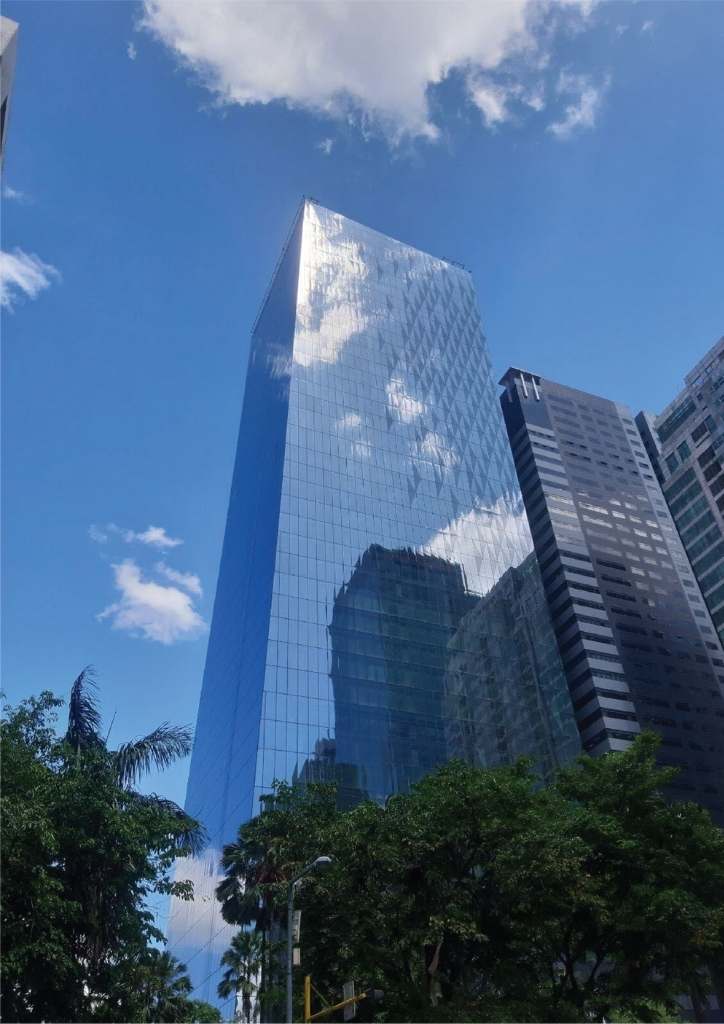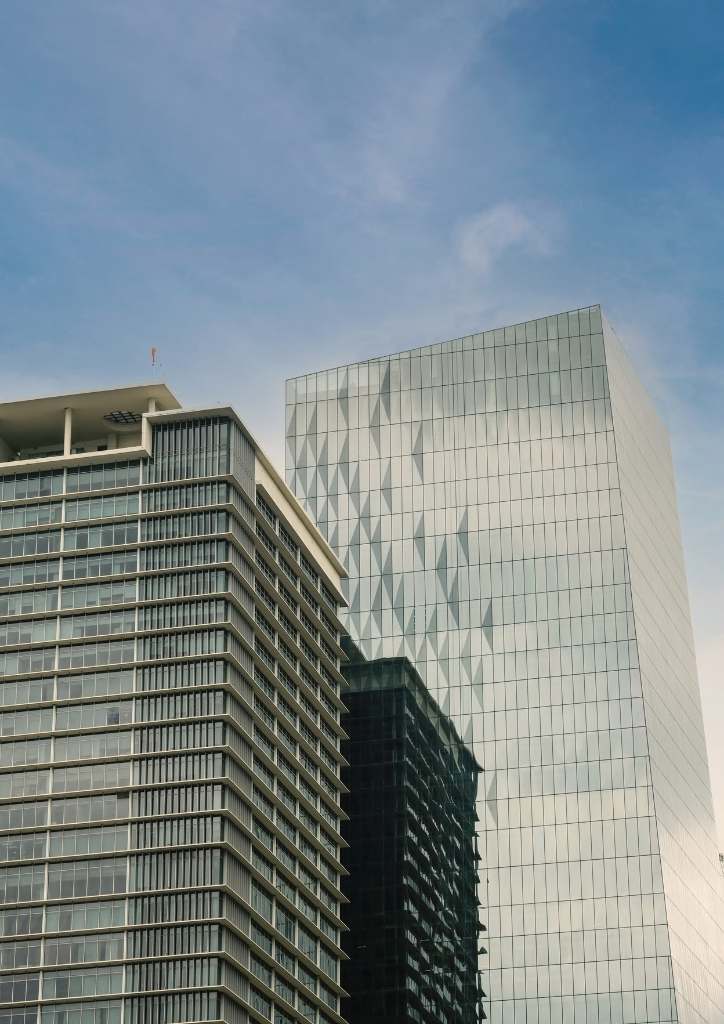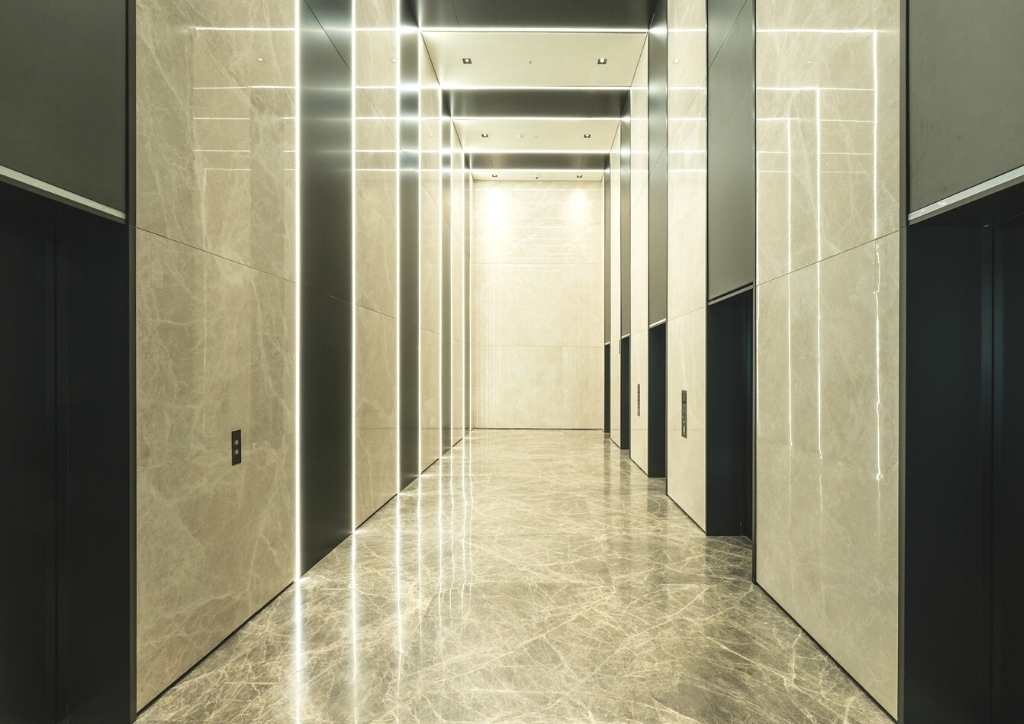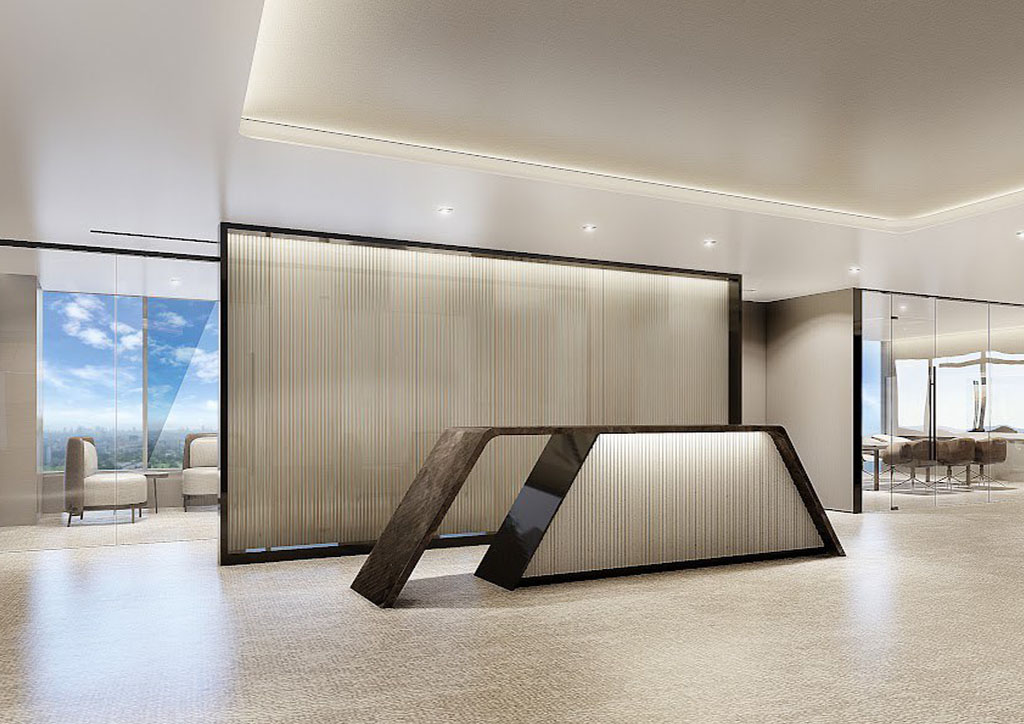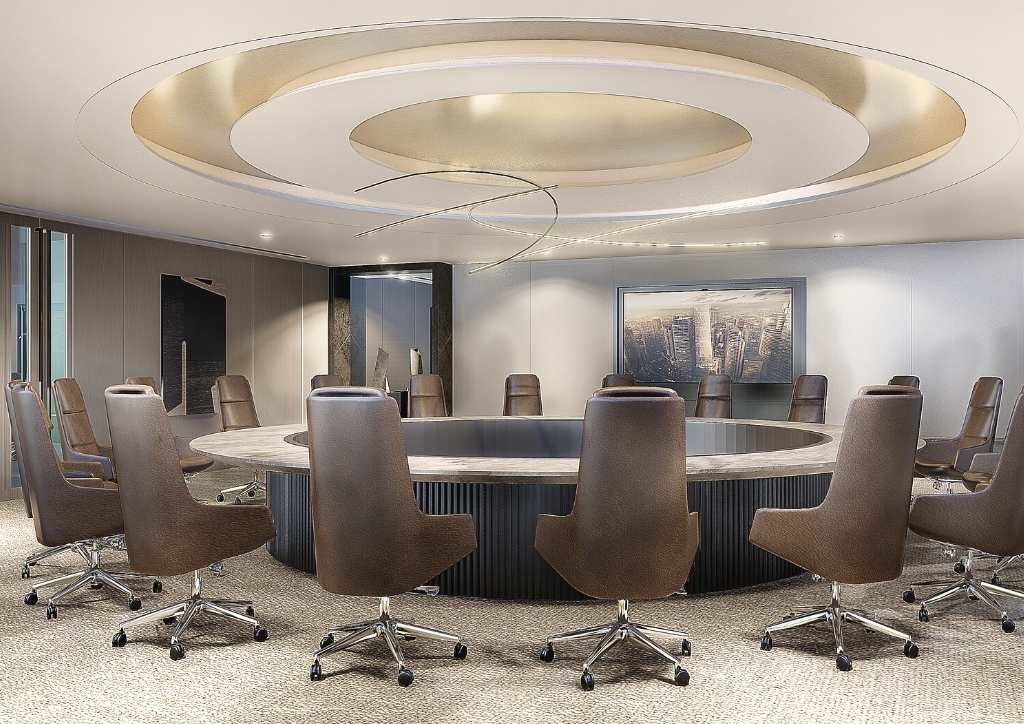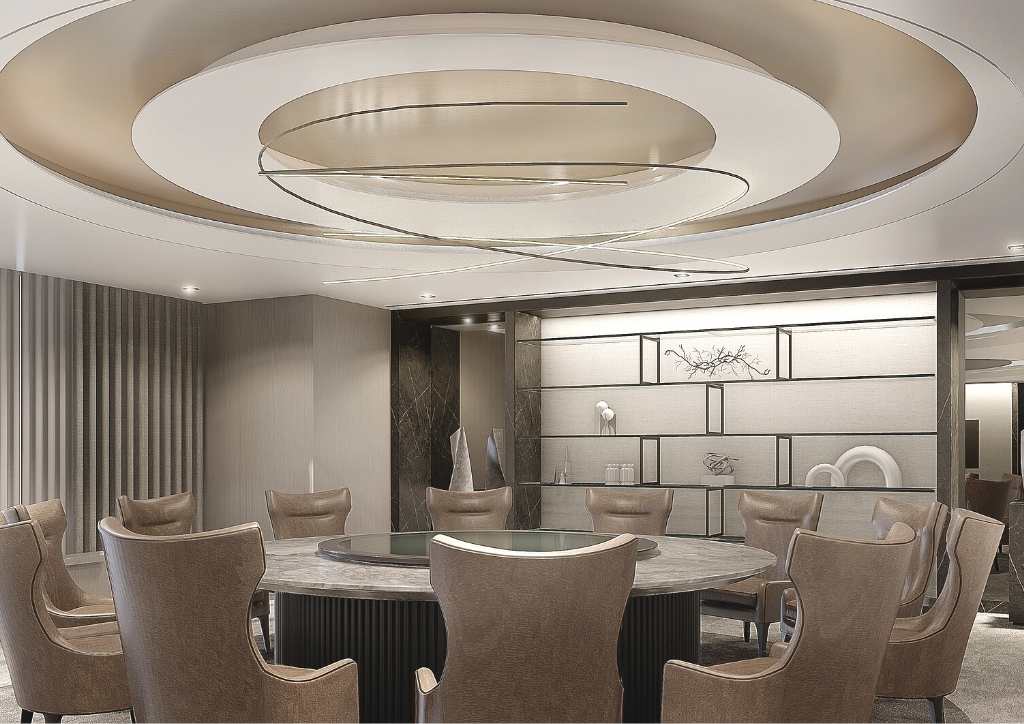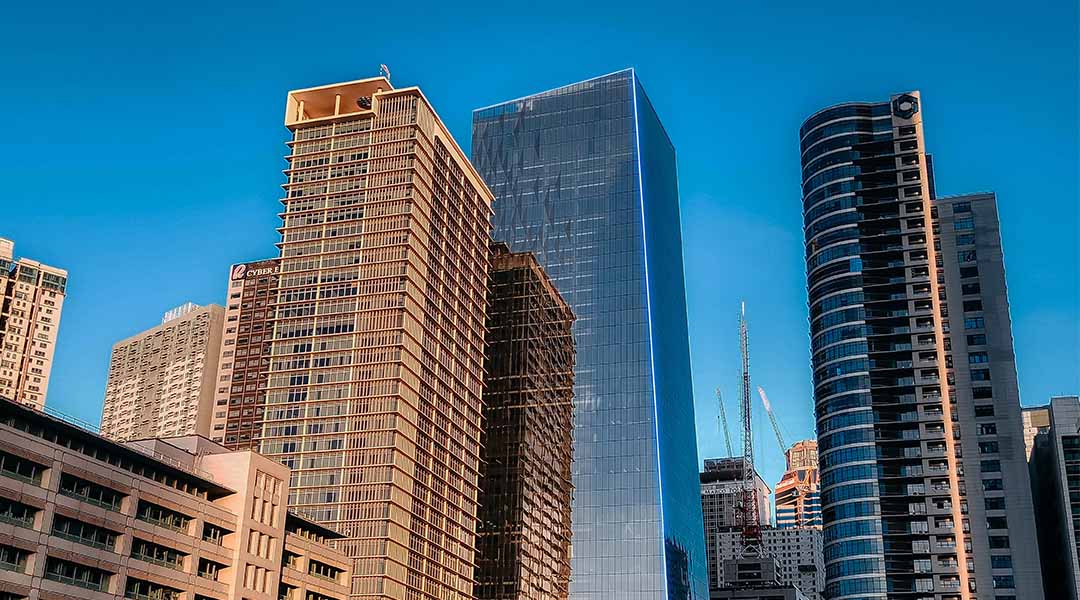
Future Forward: ASYA and Glas’ Game-Changing Sustainable Design
The blending of technology and architecture has come a long way over the centuries. For other countries, green architecture is already the norm. In architecture’s most recent progression, new designs that have been strongly influenced by the inherent responsibility of being kinder to nature have slowly been taking the reins, combining form and function with sustainability. In the past, business structures only seemed to focus on creating buildings that were all for human benefit and simply for the sake of having an office space. Without sustainability in mind or the practice of maintaining a green approach, these buildings almost ignored the heavy environmental impact structures can leave. As the team in ASYA believes, modernity however requires flexibly bending to changes in nature which now asks for a wider range of sustainable structures that can last future generations.
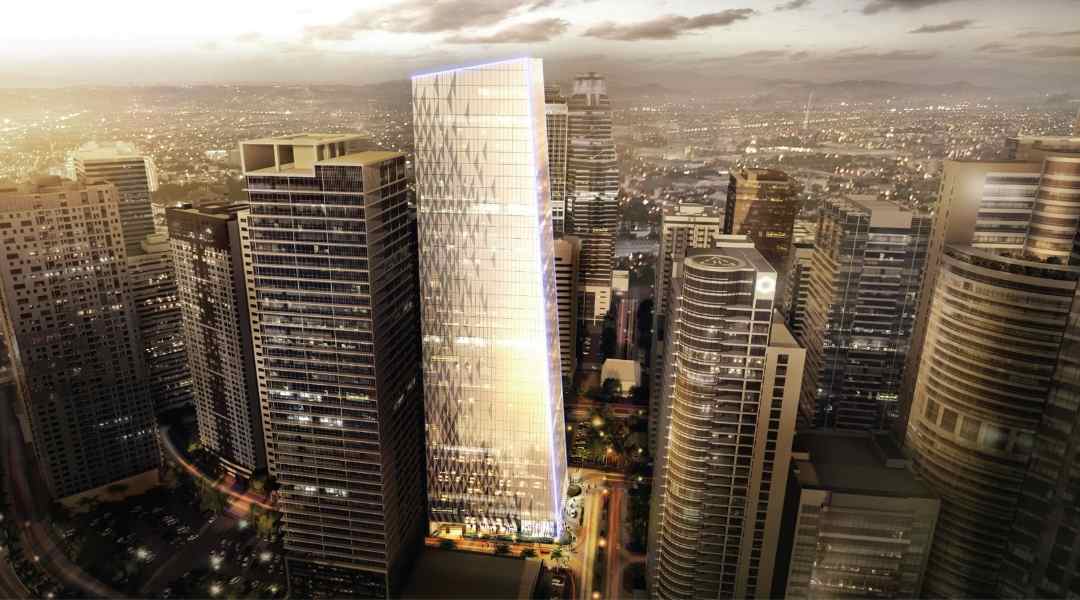
What is ASYA?
For the largest architecture and design practice in the Philippines, flexibility is a trait found both within the company’s teams and in its projects.
“ASYA breathes life to the phrase “Design with Purpose”, applying the philosophy not just through drawings but in all our pursuits.”
Established in 1993 by principal architect Albert Yu, ASYA has a wide range of value-added consulting services such as master planning and urban design, creative services ranging from model-making to animation and more, interior design, engineering, and environmental signage among other services. With this lineup of services, this multi-talented firm has been known as one of the industry’s top practices where the design style shines as purposeful structures.
“While aesthetics will consistently be subjective and open for interpretation, the client’s contentment is not. And while we push the envelope for innovation, our Client will continue to be our top priority. In the same vein, we can say that each project is unique as it constitutes a million factors for it to be built. If we were to quantify a single common strand among them, it would be that the project works.”
ASYA has the expertise and technical resources expected of a star firm. These allow the practice to incorporate both passive and active strategies that respond to contemporary issues like the use of renewable energy sources, wind power, indoor day-lighting, air quality, good ventilation, energy conservation, and other details that reduce costs.
“Developers now see the value in design and are willing to invest in green architecture with the realization that business and environment preservation can sit in harmony.”
In light of the pandemic and its effects, green, sustainable architecture has become key to assuring a person’s well-being. ASYA focused on the green market, proving that green building is attainable. In 2008, ASYA built its headquarters in the MOA Complex. Dubbed the A-Place, it introduced the first double-layered glass technology to the area and is recognized as the world’s first 201,000 square foot certified silver building owned by an architectural firm.
Not soon after, this double-glazed technology took that market by storm and became the standard in green design. In the name of expanding headquarters, ASYA has created Glas, a praised game-changer in its own right. Located in the heart of the bustling Ortigas, Glas is a state-of-the-art, 188-meter all-glass façade that features 102,000 square meters of Grade A office spaces and retail areas within its 42-story, three-basement structure.
Inspired Design
The thing about good architecture is that it not only possesses a natural design that fits its concept like a glove, but it also inspires the creation of similarly designed projects. Maybe even be the first of a collection of legendary firsts that leave past buildings in the dust. Glas was designed and built with this in mind, to stand as an architectural piece that future architects can draw inspiration from, follow, and innovate.
A distinct sense of luxury and warmth permeate Glas’ interiors as expressed on its common areas, all of which are conceptualized by ASYA’s very own Interior Design team. Creating Glas ushered the opportunity to both elevate current market design standards and include the firm in the green initiative affecting the economy, social community, and environment.
“For years, CEOs around the world have imputed mother earth to their equation. In the same vein, Glas seeks to raise the global standard on sustainable design and construction and simultaneously encourage tenants and visitors to support sustainable practices by being part of the development… We want Glas to be the catalyst for such a massive revolution in the Philippines and ultimately, in the world…”
Glas’ overall designs include comprehensive and thorough design considerations such as efficient planning, generous space allocations, the careful selection of FF and Es and finishes, and the incorporation of innovative technologies. As a building set to be certified LEED-Platinum by May 2022, every aspect of building Glas was carefully thought of to ensure that sustainability goals were reached.

What are the features of a sustainable building?
A green and sustainable building has various features. Aside from the structure being placed in a sustainable site, it must be made of recycled materials, should have an efficient water system, a system that reduces energy usage, and has top-notch indoor environmental quality among many other things. Just some of Glas’ sustainable features include:
A Rainwater Harvesting System
With ASYA’s in-house specialist team, Glas is able to utilize its water resources through a highly efficient rainwater harvesting system that ensures a clean and safe non-potable water supply. This is reserved mostly for servicing purposes like housekeeping and landscaping maintenance.
Exceptional Cooling Systems
Glas’ office spaces are equipped with VRF or variable refrigerant flow technology which allows tenants to individually control air conditioning zones at their convenience. The building’s AC technology also uses a 3D i-see Sensor that can accurately detect people, automatically adjusting its settings depending on a space’s occupancy and ultimately optimizing energy usage.
High Performing Glass Windows
The first of its kind in the entire Philippines, the double glazed, triple Low-E high performing glass windows wrapped around Glas are its most notable and undisputable feature.
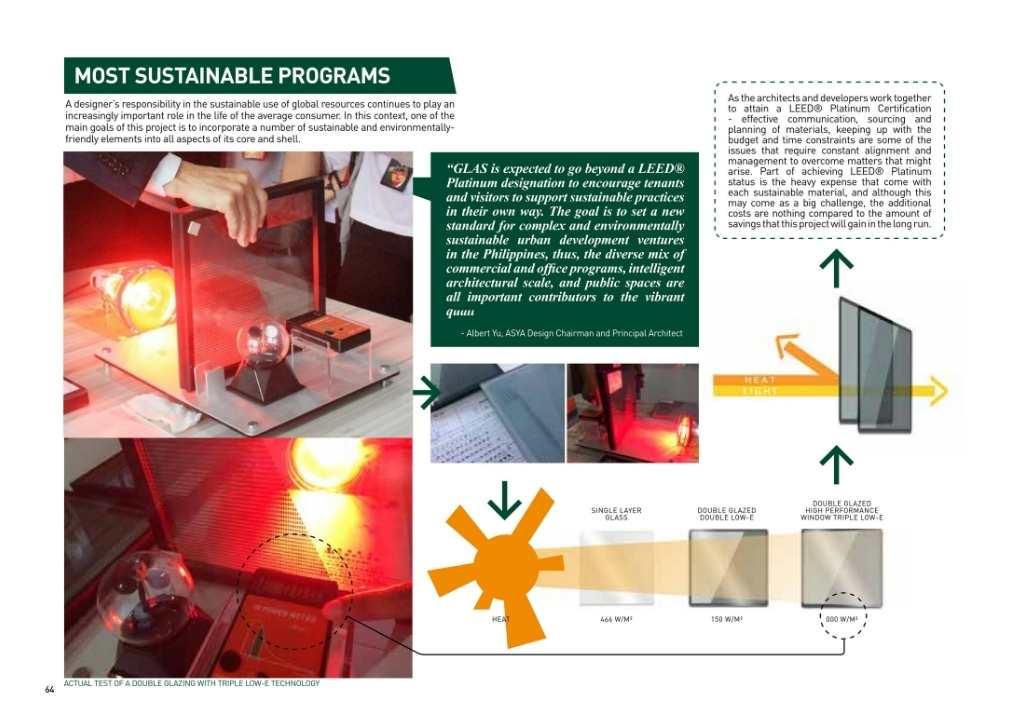
With floor-to-ceiling heights, these windows will allow natural light to penetrate throughout the floor while blocking off heat from the sun, largely reducing energy requirements and costs per year. This 32mm thick insulated glass unit (10mm clear heat strengthened, 12mm airspace, and 10mm thick fully tempered), at 4m x 1.5m per panel also presents a seamless and continuous facade. So both function and form are elegantly combined.
Glas’ Overall Design: High User Experience Value
Glas’ design was born from the interaction of people, their lifestyle, and what makes an office space valuable. If there is excess space, it is converted into what the tenants need the most.
“Glas takes pride in offering the “biggest” and the “firsts” of many technologies that are focused on the most important aspect of architecture: user experience.”
Even during conceptualization, Glas’ features were designed to be hyper-sized. From the grand lobby adorned with beautiful marble stones, spacious lift lobbies, floor allocation, and even comfort room provisions, Glas is a structure that shines on the word ‘spacious’ and perfectly caters to social distancing.
“Its tower is also smartly configured as if there are four buildings stacked on top of each other. Divided into four zones, each zone has its own entrance, a dedicated 5 high-speed elevators, and a 4m wide elevator lift lobby that allows for better pedestrian flow and exclusivity. This mitigates foot traffic within the building.”
Just outside the elevator is a contactless Destination Allocation System (DOAS). This directs the guests on which elevator to use with just one tap. Each of Glas’ elevators are beautifully designed at 2.8 meters high with the most expensive titanium black finish to give it that modern look. Inside, the elevators are equipped with the Plasma Air Purifier which cleans the air and destroys pathogens.
The Grand Lobby
Upon arrival, guests are welcomed by two automatic, crystal glass, contact-free revolving doors three meters in radius and 3.6 meters in height. Guests of course are required to follow screening protocols done with the Lenus, an automatic facial recognition, temperature checker, and sensor-type alcohol dispenser, all-in-one technology. Further inside waits the grand lobby.
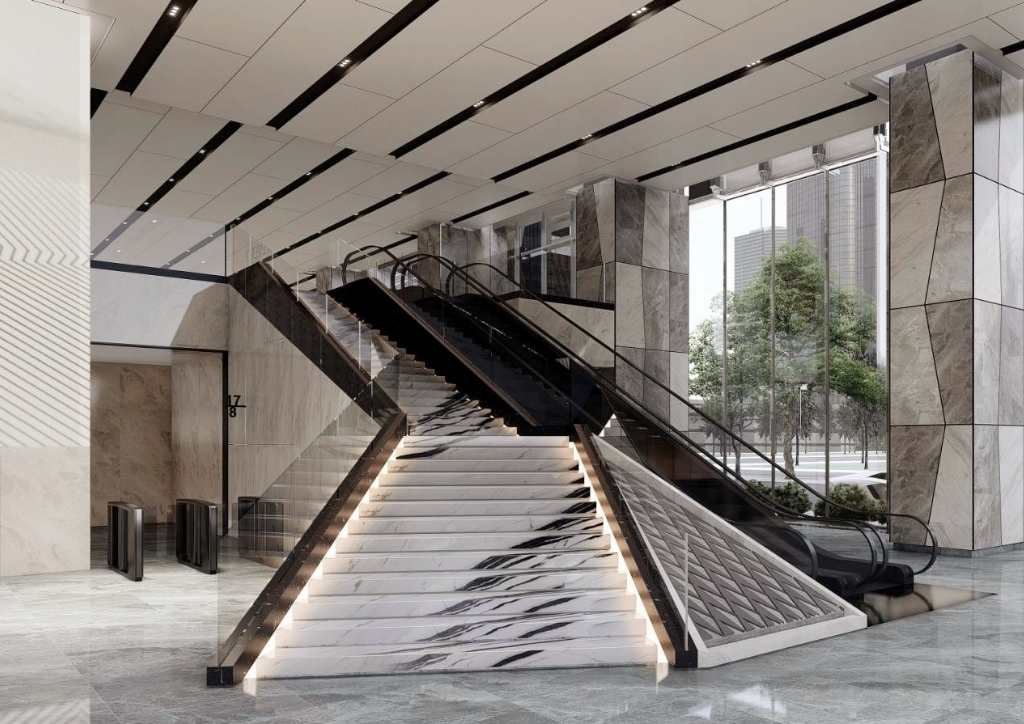
An exceptional welcoming sight, it gives off a luxurious ambiance with its natural stone finish. Standing with an 8.5 meter high ceiling, the wide space is perfect for social distancing and flaunts itself as one of the grandest lobbies in the market. Here, Glas also flaunts an indoor LED screen, the largest in the country at 6.5m x 21m.
The grand lobby also features staggering 8.5 m x 1.5m, 12mm thick, fully tempered, laminated Low Iron FT heat soaked+ 2.28SGP glass panels. These are beyond market standards in terms of quality and scale. Low-iron glass panels provide extra clear glass that increases flow of natural light on the interiors while also allowing visibility of high-level displays from the outside, providing a seamless continuity between spaces.
SGP (SentryGlas Plus) is another popular security interlayer used in laminated glass to provide increased strength and security. Heat-soaked and toughened glass is incorporated into the laminated glazing to create a secure pane that will be tough to break and even tougher to break through.
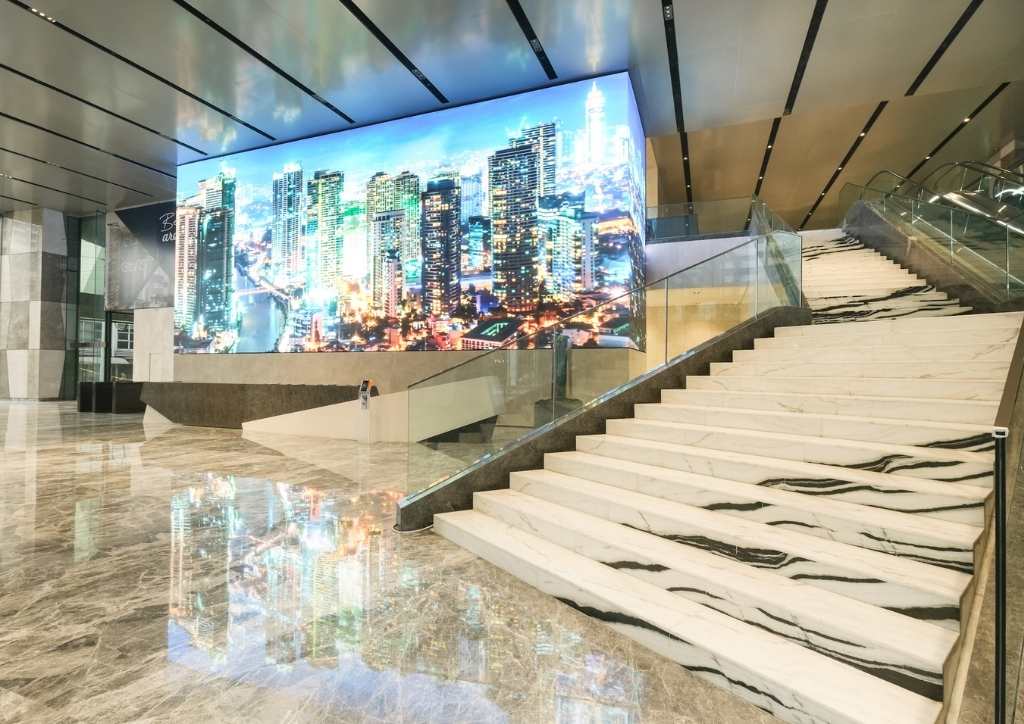

“ASYA has been carefully exploring ways in which to branch out radically into the arts by providing platforms to Filipino artists around the globe, creating a statement that would best materially manifest the modern day Filipino talent. With Glas’ largest indoor LED screen, the grand lobby shall display bespoke digital art by chosen local artists.The striking display blends the outside within Glas’ lobby courtesy of the low-iron, SGP laminated glass panels that provide utmost clarity and safety.”
Hotel-grade finishes
Glas is known for having hotel-grade finishes already sightable in the common areas, including the lavatories. Each floor has two shower facilities with its own drying area, and a generous number of toilets and with hand sprays. All fixtures in the lavatories have smart sensors. From the lavatory faucet to the urinal and water closet, these sensors are included to ensure a contact-free experience.
From the inclusion of major features like the double glazed, triple low-e glass technology to the thoughtful process of comprehensive and continuous focus on the project’s sustainability, Glas was designed to carry all these to let the practice take a larger step towards innovation for the green market. Despite these being costly investments, the inclusion of these features will ultimately benefit the future, saving up on operation costs and most importantly, allowing us to focus more on the next generation.
This giant project and everything in it was crafted completely by ASYA’s one-stop-shop team.
“One of Glas’ inherent strengths is that it was designed and built by a holistic one-stop-shop team that provides seamless continuity from start to finish. Along with its tested architecture and design service industries, ASYA also makes use of its own ASYA Engineering Team, featuring the Building Information Modelling (BIM) team that produces accurate project estimates. These are all produced virtually and practically, paperless.
ASYA has also formulated the perfect design and build paradigm through ASYA Build. This in-house team not only produce the most efficient designs and source out the best materials, it is also involved in construction monitoring through Arquee Construction Management (ACM), leasing out the property to global tenants via Espace Marketing and Leasing, and most importantly maintaining the building through Day One Property Management.”
What’s the future of Philippine green architecture?
An architect’s piece is the reflection of how deep in artisanship architects really are. By producing tangible products that are designed to be adaptive, deconstructed, and reused, an architect’s work directly affects people through spatial interactions. As centuries pass and cultures evolve, architecture must do its best to keep its own steps in sync, maybe even be a few more steps ahead of the current times. These days, this kind of problem-solving thinking is essential in order to create better environments. Future architects are now given the responsibility of proposing standard solutions not just for pathogenic risks like COVID19, but to also think of the future. But of course, these won’t be met with the ideal results if people in higher power refuse to cooperate or fail to give more attention to green architecture. ASYA, of course, agrees with this sentiment.

“The next leaders should support developments that promote sustainable design, and give incentives for others to follow through. The administration should also look at architecture for its long term environmental, cultural, and historical impacts. How does it reflect the times? What purpose does it serve and will serve in the future? How will it elevate the communities in which they are built on? Understanding architecture along with its communal context, will emphasize its role as a catalyst for greater improvement.”
By completing Glas, which is also set to be LEED Platinum-certified, architects are able to prove that ambitious projects catering to the costly sustainable features are quite possible. ASYA for one is a practice driven on the goal of proving to the industry that leading technologies can be used even here, creating an impact nationally and internationally. In the future, ASYA aims to put up more sustainable design and build projects not just in Ortigas but all across the country. Leading by example after all, is one of the most efficient ways to influence others to follow in one’s footsteps.
“No amount can pay for the future generation, so if we can help the environment in our own way, we should do it.”

What is it like to work in ASYA?
ASYA was founded by principal architect Albert Yu. The youngest, most competent, and most dynamic architect in the Philippines, architect Yu is a member of the United Architects of the Philippines (UAP) and the Philippines’ Integrated and Accredited Professional Organization of Architects (IAPOA). Because of his excellent service to UAP, he became a member of the UAP College of Fellows in 2014, a distinction he holds to date.
He has also been honored with numerous awards. These include the 2001 PRC (Philippine Regulatory Commission)’s Most Outstanding Professional of the Year of the field of Architecture award. In the same year, Albert Yu received The Thomasian Young Achiever Award from the University of Santo Tomas, Total Awards. He was also recognized as an ASEAN Architect and APEC Architect in 2015. Overall, Albert Yu is highly praised for his invaluable contributions in the field of architecture but also for advancing the welfare of the less fortunate.
When Albert Yu created ASYA in 1993, the company stood tall with the idea that one has to be flexible in order to survive. This grit and tenacity born from Yu’s own crucial life philosophy highlighting Velocity, Multi-tasking, and Responsibility opened doors that made ASYA the giant that it is today. Since then, working with the firm equals new opportunities that allow them to stay within the country’s borders instead of seeking jobs overseas.
“It is not only about strategies and policies in rendering professional services. It is also about improving the quality of life of the marginalized Filipinos particularly those who come from the provinces and rural areas.”
Currently, ASYA employs more than 700 people within its company and subsidiaries. As a modern company with great talent, ASYA is also known for perfectly balancing work and play to bring the best out of its employees. At the very least, ASYA’s headquarters is known to be quite the enviable working environment. Pre-pandemic, the office was known to host badminton and basketball tournaments. They even had an “Ice Cream Day” accompanying the usual variety of novelty snacks for employees. Other fun events like karaoke competitions and movie nights were also great stress relievers for the employees. Back then, the firm also used to hire fresh architecture graduates just to let them join design competitions and to foster their creativity.
“In fact, in the near future, we will be launching ASYA’s Playbook, a compendium of design projects conceptualized by our architects.”
From ASYA, To Future Architects:
ASYA is indisputably one of the leading practices in the Philippines. It has become an elevator for success, allowing employees to further their careers and elevate their lifestyles through the different opportunities it presents. As one of the industry’s great names and mentors, here’s what ASYA has to say for the future architects rearing their heads and preparing for professional life.
With the rising talent and still robust local practices mingling and slowly making new plans, the Philippines is taking the necessary steps in creating a greener space for the future generations. It’s just a matter of time and effort from all the right people until the country steps higher into the platform for green architecture and be just as bright as foreign countries that almost practically live in utopias.
| Project Name | Glas |
| Completion Year | 2021 |
| Lot Area | 2,952.50 SQM |
| Gross Built Area | 102,000 SQM |
| Project Location | Opal Rd., cor. Ruby Rd., cor Topaz Rd., Ortigas Center, Pasig City |
| Architecture | ASYA Design |
| Interior Design | ASYA Interior Design |
| Environmental Graphics & Identity Signage | QASYA |
| Animation and Rendering | ASYA Marketing |
| Scale Model | ASYA Marketing |
| Electrical Engineering | ASYA Engineering |
| Plumbing Engineering | ASYA Engineering |
| Fire Protection | ASYA Engineering |
| Mechanical Engineering | ASYA Engineering |
| Structural Engineering | Magnusson Klemencic |
| Associates Engineering | ASYA Engineering |
| BIM/Revit Consultant | ASYA Engineering |
| Elevator Consultant | Roy Barry and Associates |
| General Contractor | ASYA Build |
| Construction Management | Arquee Construction Management |
| Marketing and Leasing | Espace |
| Property Management | Day One Property Management |
Photos by ASYA, Ed Simon, and Ezekiel Isaiah M. Bertumen
